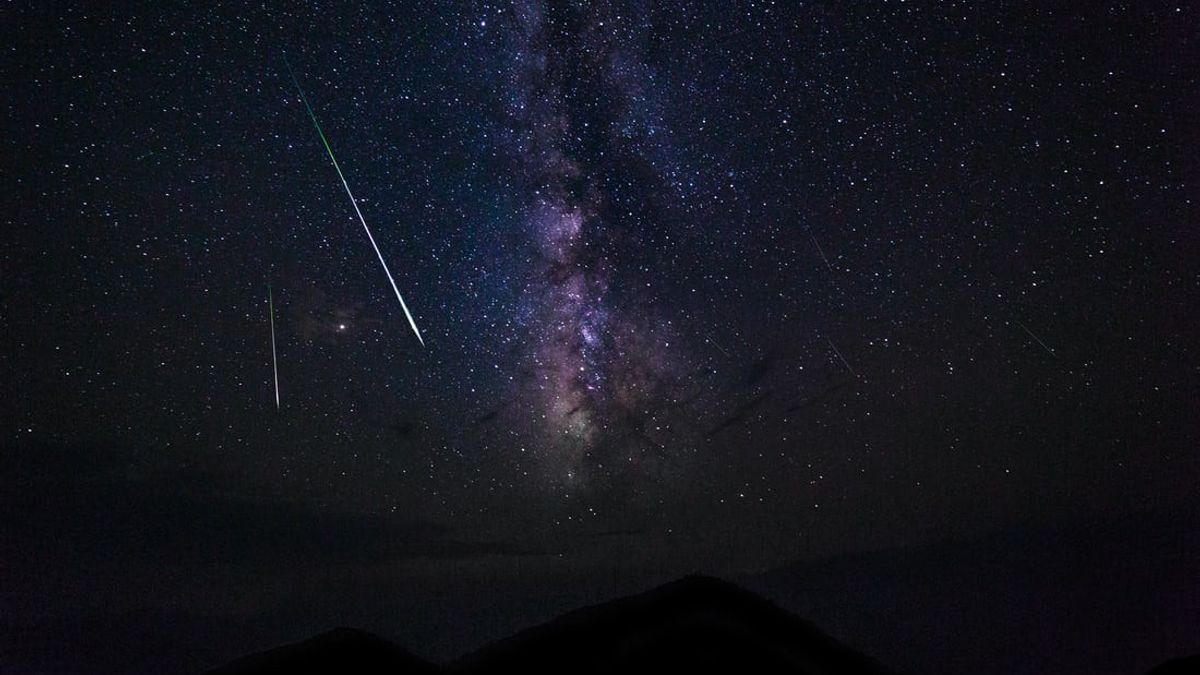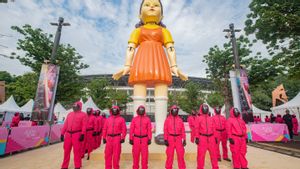JAKARTA - Earlier this year the sky will be drenched in the Quadrantid meteor shower, with 50 meteors per hour appearing, right at its peak January 3 to 4.
Meteor showers occur when Earth passes through a cloud of debris left by comets and asteroids. When they collide with our atmosphere, they will glow, and streak across the night sky.
Meanwhile, the Quadrantid meteor shower itself comes from the dust remnants of Asteroid 2003 EH1 and comet C/1490 Y1. It may be an extinct comet that Chinese astronomers saw more than 500 years ago.
The Quadrantids get their name from the constellation Quadrans Muralis, from where they emerged, and have since been abandoned and live primarily through the name meteor shower. Today, the constellation in which the Quadrantids appear is known as Bootes, and is near the Plow.
The view of this meteor shower can be seen in the sky of Indonesia in the Northeast direction at 04.00 a.m. local time until 25 minutes before sunrise.
SEE ALSO:
At this point, the Quadrantid meteor shower falls with an intensity of 200 meteors per hour. However, because the height of this meteor shower is different from Sabang to Rote Island, the intensity can also be different.
According to the LAPAN Space Science Center, which was quoted by VOI, Saturday, January 1, the peak intensity of the Quadrantid meteor shower in Sabang was around 117 meteors per hour, and on Rote Island it was 56 meteors per hour.
Without the light of the Moon, this phenomenon can be seen without any aids or with the naked eye. Just make sure the sky is clear and free of light pollution and the terrain is free of obstructions.
The English, Chinese, Japanese, Arabic, and French versions are automatically generated by the AI. So there may still be inaccuracies in translating, please always see Indonesian as our main language. (system supported by DigitalSiber.id)
















